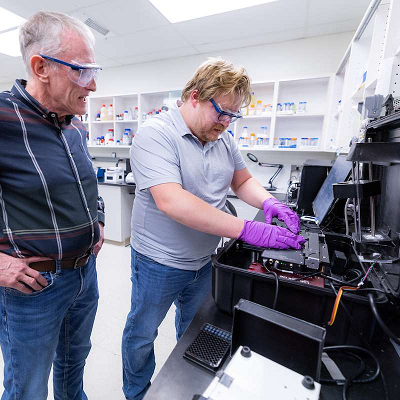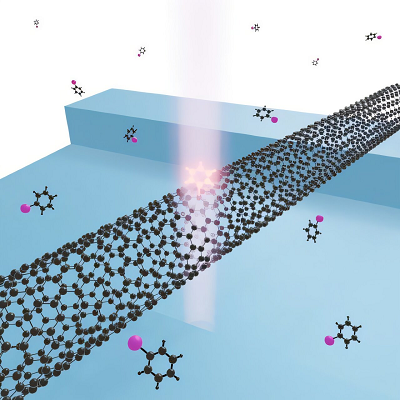Metal oxide nanoparticles are emerging as a revolutionary force in the realm of high-speed technology. These minuscule particles, often no larger than a few nanometers, are poised to redefine the boundaries of technological innovation, particularly in the fields of electronics, telecommunications, and data storage.
The unique properties of metal oxide nanoparticles make them ideal for use in high-speed technology. Their small size allows for a high surface area to volume ratio, which significantly enhances their reactivity and efficiency. Moreover, their ability to conduct electricity and heat, coupled with their magnetic properties, makes them invaluable in the development of advanced electronic devices and systems.
One of the most promising applications of metal oxide nanoparticles is in the field of telecommunications. As the demand for faster and more reliable data transmission continues to grow, the limitations of current technology are becoming increasingly apparent. Metal oxide nanoparticles, with their superior electrical conductivity and magnetic properties, offer a potential solution. By incorporating these particles into telecommunications infrastructure, it may be possible to significantly increase data transmission speeds, reduce latency, and improve overall network performance.
In addition to telecommunications, metal oxide nanoparticles also hold great promise in the field of data storage. Traditional storage devices, such as hard drives and flash drives, are reaching their physical limits in terms of storage capacity and speed. Metal oxide nanoparticles, however, could potentially overcome these limitations. Their small size and high reactivity make them ideal for use in high-density storage devices, potentially allowing for faster data retrieval and larger storage capacities.
Furthermore, the use of metal oxide nanoparticles in electronic devices could lead to significant improvements in energy efficiency. Due to their high electrical conductivity and thermal stability, these particles could potentially reduce the amount of energy required to power electronic devices. This could not only lead to longer battery life for portable devices but also contribute to a reduction in global energy consumption.
Despite the immense potential of metal oxide nanoparticles, there are still several challenges that need to be addressed. One of the main concerns is the potential environmental and health impacts of these particles. Due to their small size, they can easily be inhaled or ingested, and their impact on human health is not yet fully understood. Moreover, the production and disposal of metal oxide nanoparticles could potentially lead to environmental contamination. Therefore, further research is needed to ensure that these particles can be used safely and sustainably.
In conclusion, metal oxide nanoparticles represent a promising avenue for advancing high-speed technology. Their unique properties make them ideal for use in telecommunications, data storage, and electronic devices, potentially leading to significant improvements in performance and energy efficiency. However, further research is needed to address potential health and environmental concerns. As we continue to explore the potential of these tiny particles, it is clear that they hold the key to the future of high-speed technology.
Read the original article on Fagen Wasanni Technologies.







